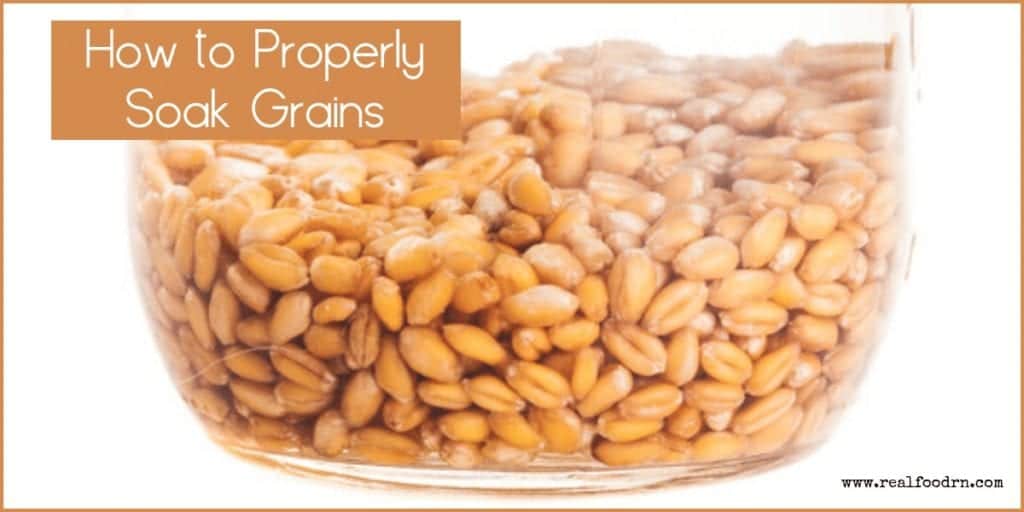
If you’ve heard people talking about soaking grains, you may have thought it was some new-fangled way of preparing grains and legumes. But in fact, prolonged soaking is not a modern green-signaling fad, but the traditional way of preparing those little nutrient-packed parcels to get the best out of them.
Why Should You Soak Your Grains?
Many grains get a bad rap nowadays. More and more people are avoiding foods that have been a staple of the human diets for millennia like wheat, barley, and rye. Gluten intolerance, ‘wheat belly’ and other sensitivities seem to be on the rise, and there could be a straightforward reason for that.
Most people don’t want to cut grains and legumes out of their diets, but they believe it’s the only way to keep their GI tracts from becoming inflamed. Grains are excellent sources of complex carbohydrates, fiber, B Vitamins and minerals like calcium, iron, phosphorus, potassium, and zinc. Including them in your diet is a delicious, easy way to get a lot of nutrients fast. So how can those sensitive to gluten and grains get the nutrients without the harmful effects to their digestive system? Not to mention enjoying the taste and variety of ways we use grains.
Before modern, harder breeds of wheat and industrial methods of processing grains, people had to prepare their chosen grains properly. And that meant long soaking, sprouting, souring or grinding. Grains were not generally taken directly into the body without some way of breaking them down first. Even today in more traditional and indigenous cultures, grains are always soaked or ground before use.
In their natural state, grains, seeds, and nuts have a protective element called phytic acid which is classified as an antinutrient. This means the protective coating keeps the nutrients, minerals, fiber, and enzymes inside the grain until the grain is broken down, either by soaking, grinding, or sprouting. Grains are nearly impossible to digest unless you give them a helping hand to release the nutrients. Even worse, the phytic acid draws nutrients from your body to further protect the grain, which can irritate the delicate tissues of your gastric system.
Soaking your grains persuades the tight fist of the phytic acid to open up and allow the goodness inside the grain to be released and absorbed by your body. It seems like soaking can also help to reduce gluten sensitivity.
Do You Need to Soak All Grains?
There are lots of grains that do not contain gluten, and they have become popular alternatives to more common grains. Oats, rice, buckwheat, millet, teff, quinoa, amaranth, kasha, and corn are still hard grains and should be prepared properly to allow your body to get the most possible goodness out of them. You should soak them as you would for gluten-continuing grains unless your recipe specifies otherwise.
What’s the Best Way to Properly Soak Grains?
Soaking grains is easy! You just need a little forethought and some time. Most recipes call for grains to be soaked at least overnight, and some benefit from more extended soaking, up to 48 hours.
Simply rinse your grains to wash off any dust or contaminants, place them in a large container or bowl, cover them with hot water and let them sit. Cover with a clean cloth and leave them to soak at room temperature. You can add an acid like vinegar (we use this one) or lemon juice to help break down the phytic acid — about one tablespoon for every cup of grain is enough. If you’re soaking grains for porridge or Bircher muesli, you can add some yogurt or kefir. Cracking, grinding, or rolling the grains will help speed up the process.
Oats, brown rice, buckwheat, and millet have lower levels of phytic acid and only need about eight hours of soaking.
The soaked grains are now ready to use in salads, smoothies, or other dishes or to be sprouted.
You can rinse the soaked grains before use, but you don’t have to. Remember that soaked grains have already absorbed water and will cook faster than unsoaked grains, so you may need to adjust your cooking times.
Are There Any Drawbacks to Soaking Grains?
The main drawback of soaking grains is that it takes time. You do need to plan ahead if you want to incorporate soaked grains into your diet, although you can buy sprouted grains and flours from your health food store.
If you already have a nutrient-rich, balanced diet, you may not be missing out too much by not soaking your grains. On the other hand, soaked grains are much easier on your digestion and will not leach minerals out of your body.
Note that soaking grains do not help to make them safer for people with a digestive illness or conditions like Celiac or Crohn’s Disease, or if you have a true allergy to wheat or gluten. It is best to avoid grains entirely if you suffer from these.
Including grains in your diet is a quick and easy way to boost your nutrient and fiber intake fast. Grains are cheap and easy to buy in bulk. And you can make them even better by just adding water!
CLICK HERE to Pin this post
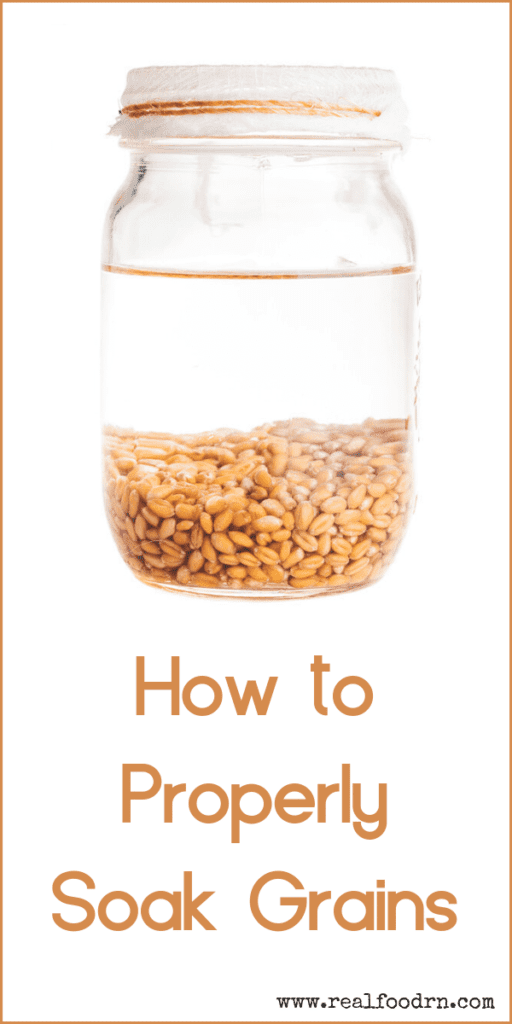
References
- https://wholelifestylenutrition.com/health/is-soaking-grains-and-legumes-necessary-and-how-to-properly-soak-and-prepare-them
- https://nourishedkitchen.com/soaking-grains
- https://www.weedemandreap.com/prepare-grains-properly
- https://www.kitchenstewardship.com/soaking-grains-an-exploration
- https://pamelasalzman.com/soak-grains
- https://naturallylivingtoday.com/how-to-properly-soak-grains
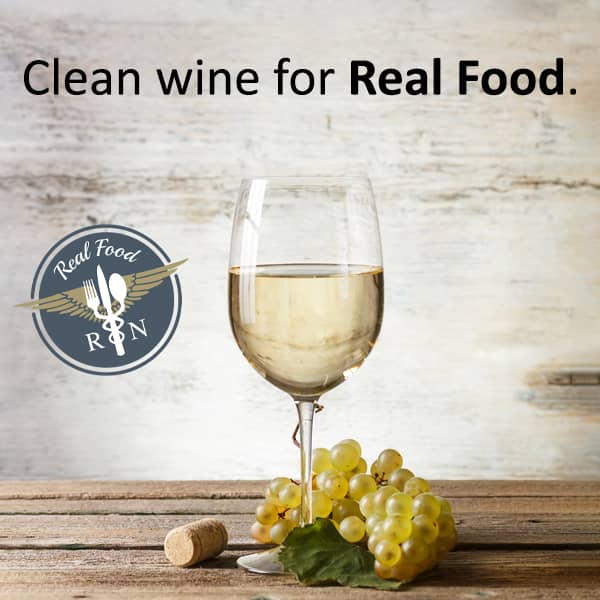
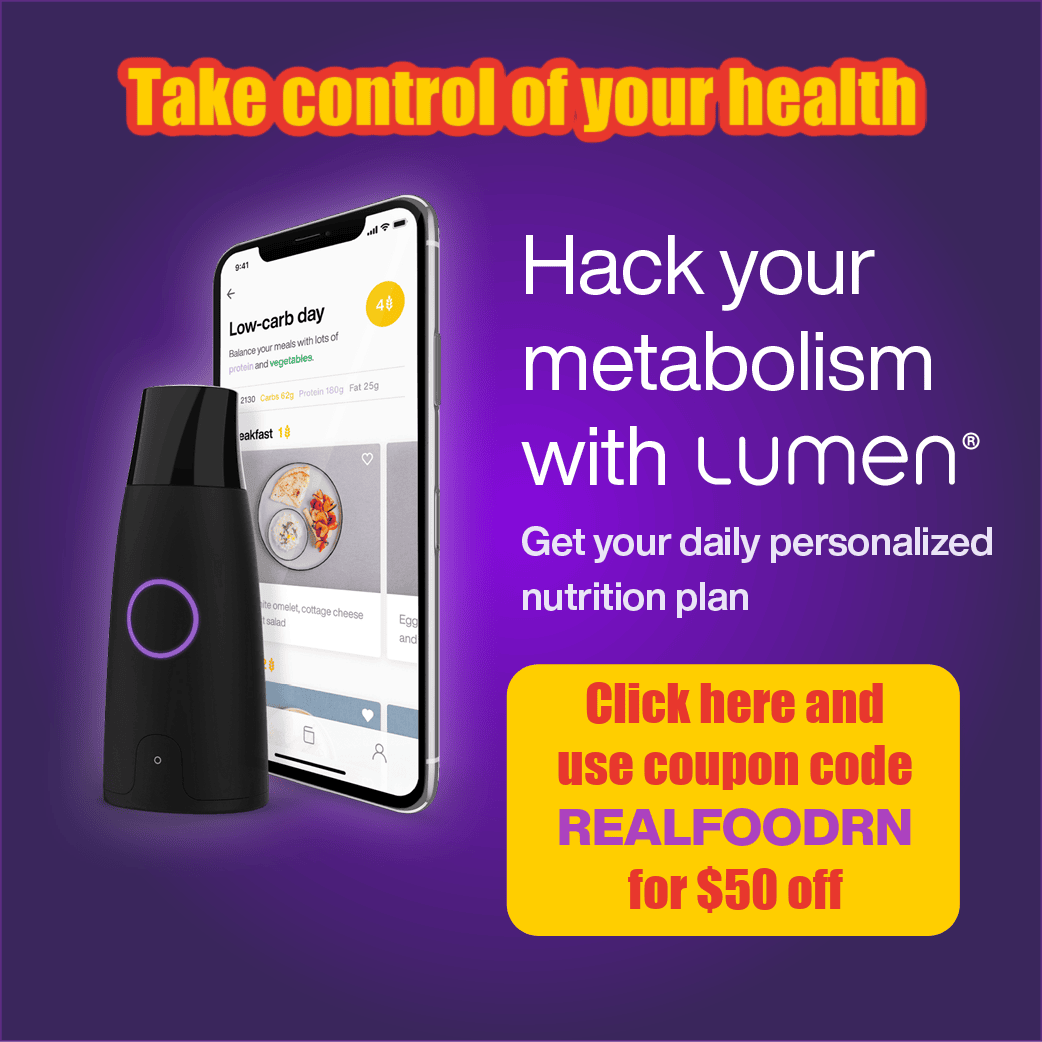





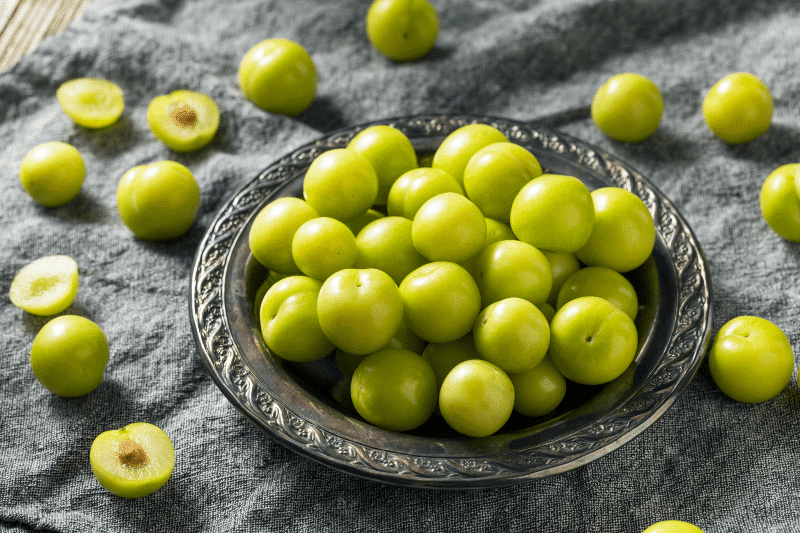
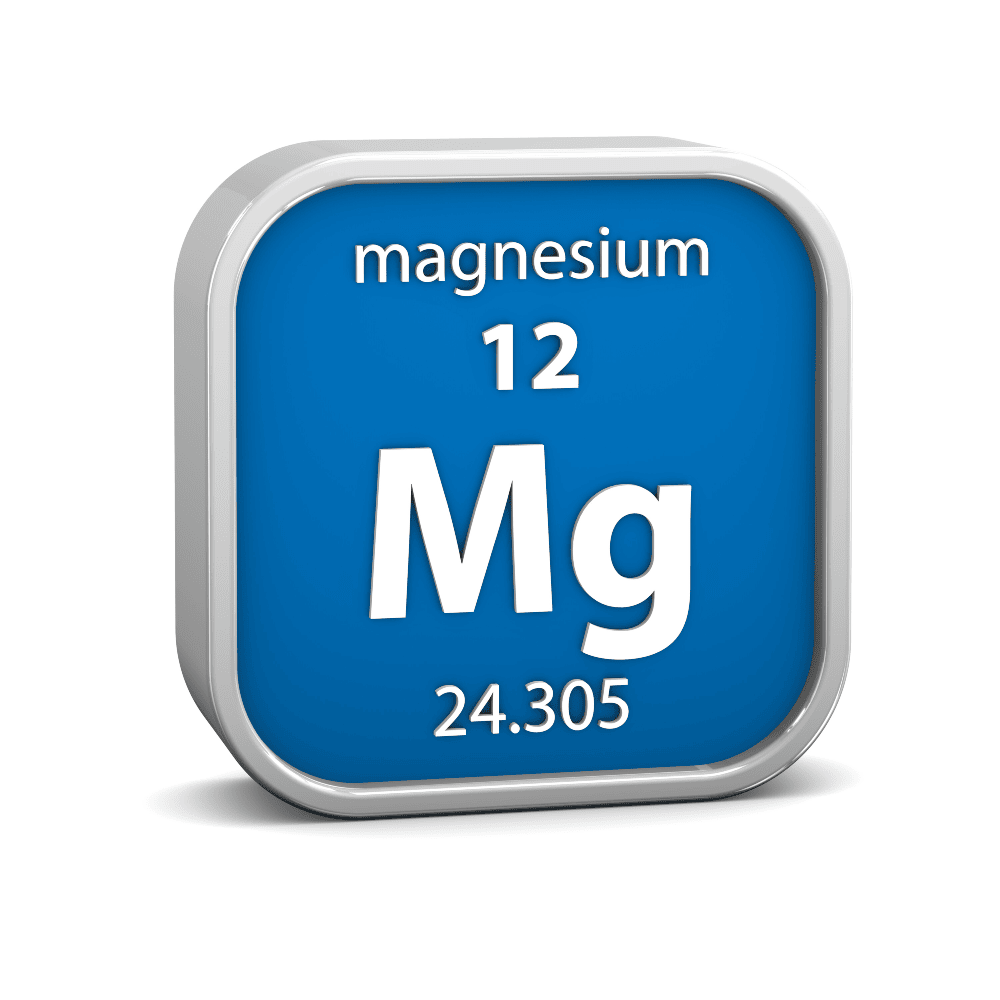
4 Replies to “How to Properly Soak Grains”
Thank you for this post. I am wondering if the soaked grains could then be dried again for storage?
Thank you!
I have seen people do this using a dehydrator. I do it with nuts
I soak buckwheat for 8 hours then dehydrate 24 hours so I have a crunchy treat for my hot cereals.
Yum!